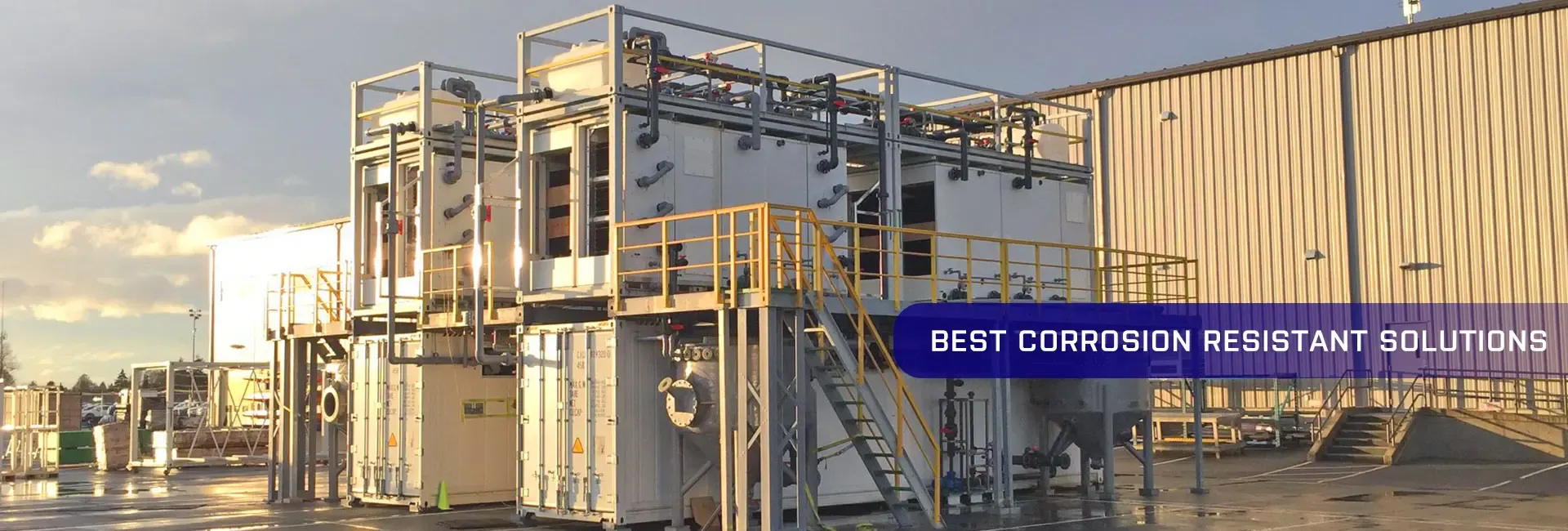
-
 Afrikaans
Afrikaans -
 Albanian
Albanian -
 Amharic
Amharic -
 Arabic
Arabic -
 Armenian
Armenian -
 Azerbaijani
Azerbaijani -
 Basque
Basque -
 Belarusian
Belarusian -
 Bengali
Bengali -
 Bosnian
Bosnian -
 Bulgarian
Bulgarian -
 Catalan
Catalan -
 Cebuano
Cebuano -
 China
China -
 China (Taiwan)
China (Taiwan) -
 Corsican
Corsican -
 Croatian
Croatian -
 Czech
Czech -
 Danish
Danish -
 Dutch
Dutch -
 English
English -
 Esperanto
Esperanto -
 Estonian
Estonian -
 Finnish
Finnish -
 French
French -
 Frisian
Frisian -
 Galician
Galician -
 Georgian
Georgian -
 German
German -
 Greek
Greek -
 Gujarati
Gujarati -
 Haitian Creole
Haitian Creole -
 hausa
hausa -
 hawaiian
hawaiian -
 Hebrew
Hebrew -
 Hindi
Hindi -
 Miao
Miao -
 Hungarian
Hungarian -
 Icelandic
Icelandic -
 igbo
igbo -
 Indonesian
Indonesian -
 irish
irish -
 Italian
Italian -
 Japanese
Japanese -
 Javanese
Javanese -
 Kannada
Kannada -
 kazakh
kazakh -
 Khmer
Khmer -
 Rwandese
Rwandese -
 Korean
Korean -
 Kurdish
Kurdish -
 Kyrgyz
Kyrgyz -
 Lao
Lao -
 Latin
Latin -
 Latvian
Latvian -
 Lithuanian
Lithuanian -
 Luxembourgish
Luxembourgish -
 Macedonian
Macedonian -
 Malgashi
Malgashi -
 Malay
Malay -
 Malayalam
Malayalam -
 Maltese
Maltese -
 Maori
Maori -
 Marathi
Marathi -
 Mongolian
Mongolian -
 Myanmar
Myanmar -
 Nepali
Nepali -
 Norwegian
Norwegian -
 Norwegian
Norwegian -
 Occitan
Occitan -
 Pashto
Pashto -
 Persian
Persian -
 Polish
Polish -
 Portuguese
Portuguese -
 Punjabi
Punjabi -
 Romanian
Romanian -
 Russian
Russian -
 Samoan
Samoan -
 Scottish Gaelic
Scottish Gaelic -
 Serbian
Serbian -
 Sesotho
Sesotho -
 Shona
Shona -
 Sindhi
Sindhi -
 Sinhala
Sinhala -
 Slovak
Slovak -
 Slovenian
Slovenian -
 Somali
Somali -
 Spanish
Spanish -
 Sundanese
Sundanese -
 Swahili
Swahili -
 Swedish
Swedish -
 Tagalog
Tagalog -
 Tajik
Tajik -
 Tamil
Tamil -
 Tatar
Tatar -
 Telugu
Telugu -
 Thai
Thai -
 Turkish
Turkish -
 Turkmen
Turkmen -
 Ukrainian
Ukrainian -
 Urdu
Urdu -
 Uighur
Uighur -
 Uzbek
Uzbek -
 Vietnamese
Vietnamese -
 Welsh
Welsh -
 Bantu
Bantu -
 Yiddish
Yiddish -
 Yoruba
Yoruba -
 Zulu
Zulu
frp duct system
The Benefits and Applications of FRP Duct Systems
Fiber Reinforced Polymer (FRP) duct systems have emerged as a revolutionary solution in modern construction and engineering, providing advantages over traditional duct materials like metal and plastic. Composed of a polymer matrix reinforced with fiber, typically glass or carbon, these systems boast a range of unique properties that make them ideal for various applications, notably in environments where resistance to corrosion, high temperatures, and lightweight materials are crucial.
The Benefits and Applications of FRP Duct Systems
Lightweight design is another key advantage of FRP duct systems. Compared to metal ducts, FRP is significantly lighter, making installation easier and less labor-intensive. This characteristic is particularly beneficial in applications where structural support is limited or where weight constraints are critical, such as in high-rise buildings or aircraft. The ease of handling and installation can lead to reduced project timelines and costs, contributing to overall efficiency in construction projects.
frp duct system

Thermal insulation is another attribute that sets FRP duct systems apart. They can be engineered to provide excellent thermal performance, making them suitable for HVAC applications to maintain desired temperatures efficiently. This feature not only aids in energy savings by reducing the workload on heating and cooling systems but also enhances occupant comfort, making FRP ducts an ideal choice for residential and commercial buildings.
In terms of design flexibility, FRP duct systems can easily be tailored to meet specific project requirements. Whether it's custom shapes, sizes, or designs needed for complex architectural layouts, FRP can be molded or fabricated to fit precisely. This adaptability extends to the integration of other systems, such as electrical and plumbing, allowing for streamlined construction processes.
Furthermore, the longevity and durability of FRP ducts contribute to their cost-effectiveness over time. While the initial investment may be higher than traditional materials, the reduction in maintenance costs and increased lifespan often result in lower overall expenses. This factor, coupled with the growing emphasis on sustainability and environmentally friendly practices, positions FRP duct systems as a forward-thinking choice for modern infrastructure.
As industries and buildings continue to evolve towards more sustainable solutions, the adoption of FRP duct systems is likely to rise. Their corrosion resistance, lightweight properties, thermal efficiency, design flexibility, and long-term cost benefits make them a compelling option for engineers and builders alike. With the increasing demand for materials that contribute to both performance and environmental sustainability, FRP duct systems stand at the forefront of innovation, playing a pivotal role in the future of construction.









